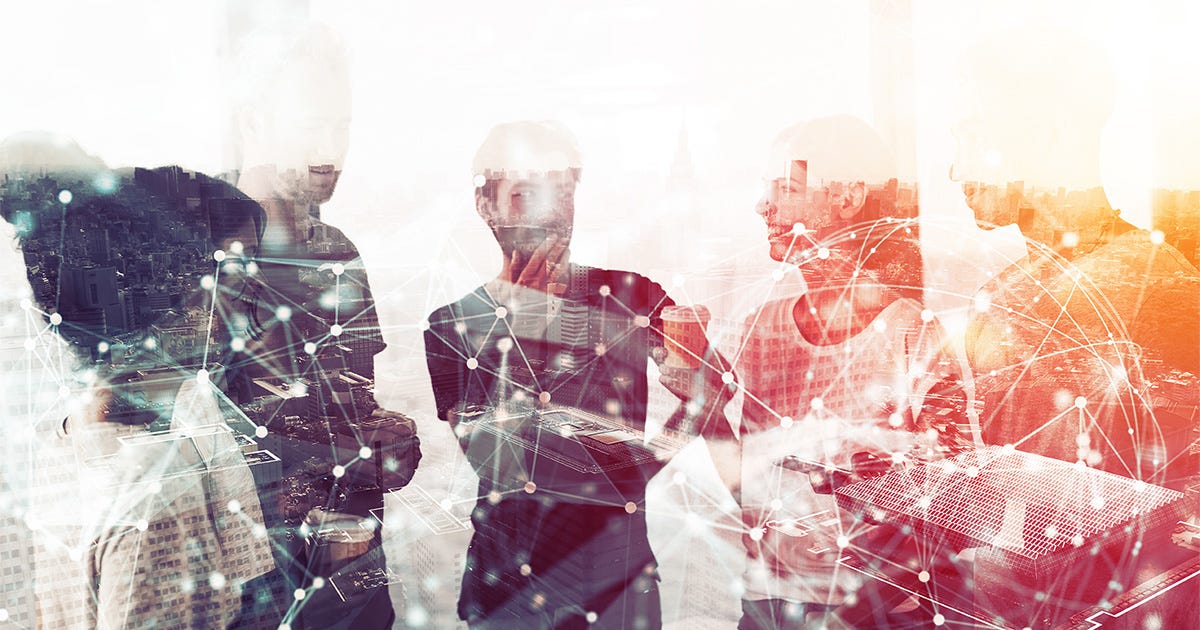Nicola Smith
The Telegraph
Originally posted 23 May 2023
Here is an excerpt:
‘Brain rights’
But he warned that it could also be weaponised and used for military applications or for nefarious purposes to extract information from people.
“We are on the brink of a crisis from the point of view of mental privacy,” he said. “Humans are defined by their thoughts and their mental processes and if you can access them then that should be the sanctuary.”
Prof Yuste has become so concerned about the ethical implications of advanced neurotechnology that he co-founded the NeuroRights Foundation to promote “brain rights” as a new form of human rights.
The group advocates for safeguards to prevent the decoding of a person’s brain activity without consent, for protection of a person’s identity and free will, and for the right to fair access to mental augmentation technology.
They are currently working with the United Nations to study how human rights treaties can be brought up to speed with rapid progress in neurosciences, and raising awareness of the issues in national parliaments.
In August, the Human Rights Council in Geneva will debate whether the issues around mental privacy should be covered by the International Covenant on Civil and Political Rights, one of the most significant human rights treaties in the world.
The gravity of the task was comparable to the development of the atomic bomb, when scientists working on atomic energy warned the UN of the need for regulation and an international control system of nuclear material to prevent the risk of a catastrophic war, said Prof Yuste.
As a result, the International Atomic Energy Agency (IAEA) was created and is now based in Vienna.













